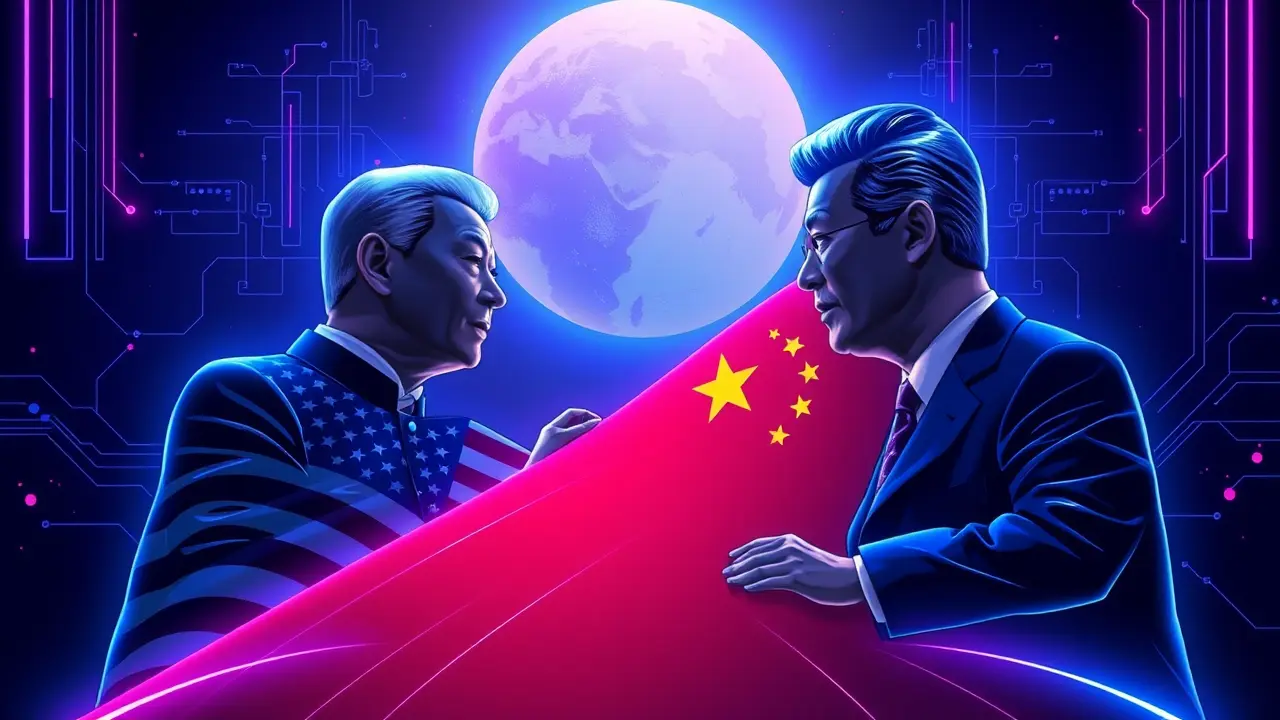US and China Treasury Officials Schedule Call to Ease Tensions
The scheduled call between US Treasury Secretary Scott Bessent and Chinese Vice-Premier He Lifeng, confirmed for Friday evening, represents far more than a routine diplomatic touchpoint; it is a calculated de-escalation maneuver in a high-stakes geopolitical standoff, a deliberate step back from the precipice ahead of a potential leader-level summit that could recalibrate the entire global economic order. This communication, set for 8:30 to 9 PM, followed by a planned joint delegation meeting in Malaysia approximately a week later, functions as a critical pressure release valve.The context here is everything: we are witnessing a world economy teetering under the weight of protracted trade wars, aggressive technological decoupling efforts, and military posturing in the South China Sea and the Taiwan Strait. Each of these friction points carries a systemic risk that could trigger cascading failures across global supply chains and financial markets.The Bessent-He call is therefore a classic example of scenario planning in action, an attempt by both superpowers to establish guardrails and define the contours of managed competition. From a risk-analytical perspective, the Malaysian follow-up is particularly telling; it suggests that both Washington and Beijing recognize that a single conversation is insufficient to dismantle the complex architecture of mistrust that has been built over the past decade.They are, in effect, building a ladder for their leaders to climb down from maximalist positions. One must consider the alternative scenarios: a failure to establish this dialogue channel could have led to an unplanned escalation, perhaps a naval incident misinterpreted or a new round of punitive tariffs announced via tweet, spiraling into a full-blown economic conflict that neither nation truly desires but both are prepared to wage.The shadow of the 2008 financial crisis looms large here, a stark reminder of how interconnected these two economies remain and how a collapse in Sino-American cooperation can amplify a regional shock into a global catastrophe. Expert commentary from former State Department officials and geopolitical risk firms points to a cautious optimism, but one tempered by the sheer number of unresolved issues, from semiconductor export controls to China's strategic alignment with Russia.The potential consequences of this diplomatic thaw are immense; a successful rapprochement could stabilize currency markets, renew investor confidence in emerging markets, and even open backchannels for cooperation on transnational issues like climate change and nuclear non-proliferation. Conversely, a breakdown in these talks would likely accelerate the bifurcation of the world into competing technological and economic spheres, a new Cold War with a digital yuan and a digital dollar as its primary weapons.The analytical insight is clear: this is not about friendship, but about installing a circuit breaker in a system that is dangerously overloaded. The call is a tactical move in a strategic long game, where the primary objective is to mitigate the risk of a catastrophic, unintended collision while both nations continue to jockey for ultimate supremacy in the 21st century.
It’s quiet here...Start the conversation by leaving the first comment.
